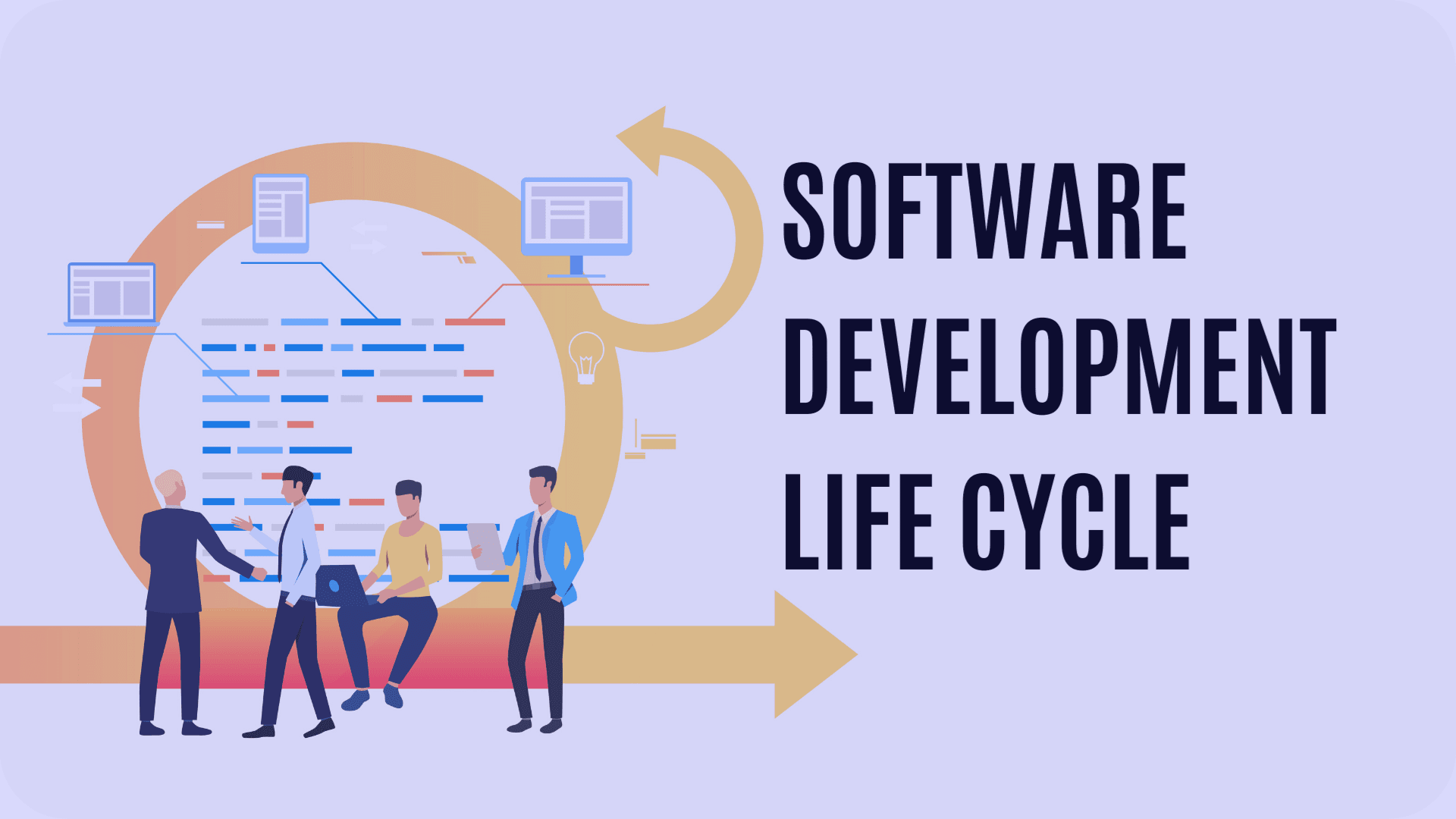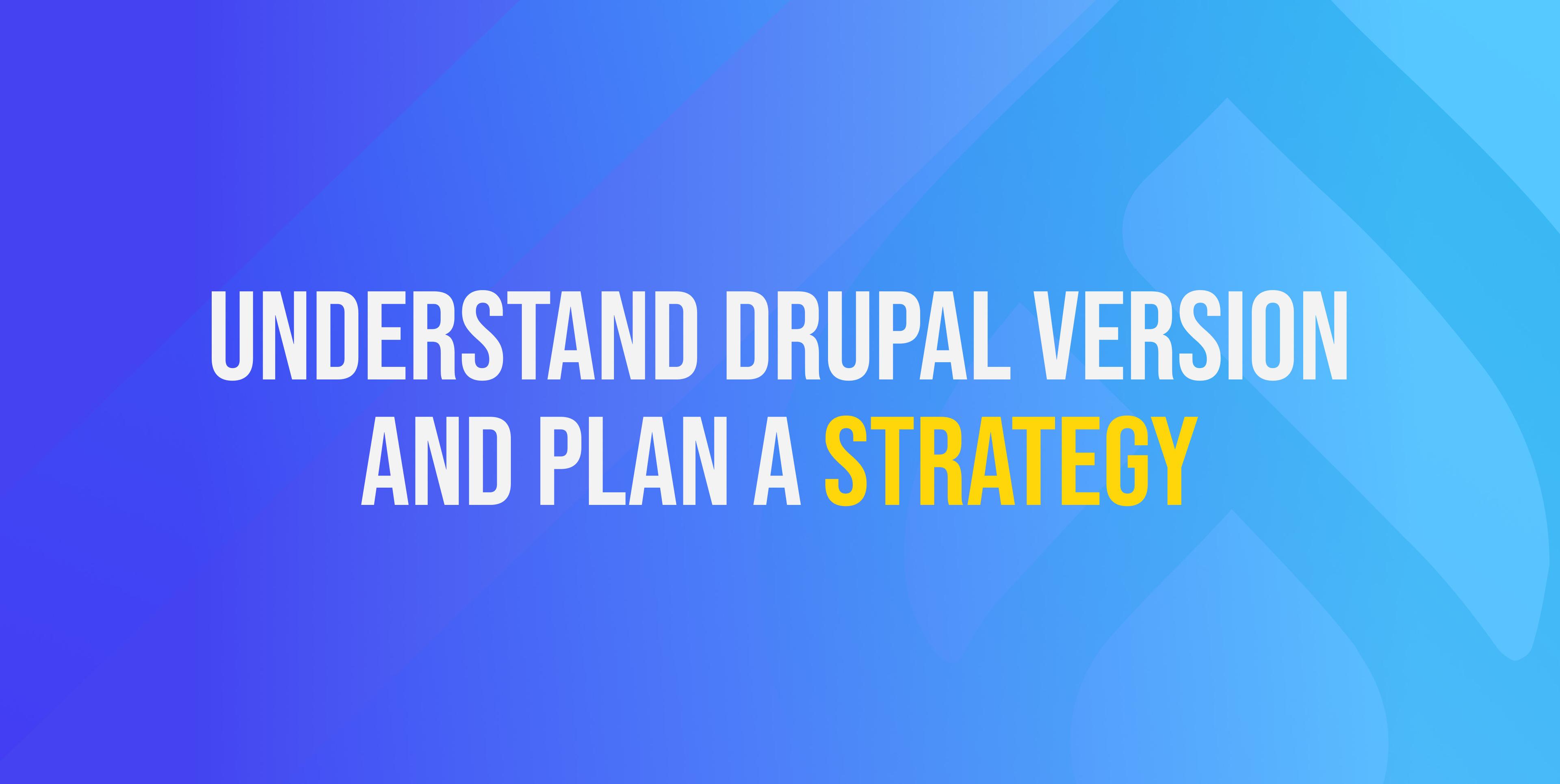Share this article:
Which IT engagement model is right for you?
Head of Delivery

When choosing an engagement model for your project, you have to carefully consider all the pros and cons and compare them to your needs.
In the following article, we will review and compare three of them - fixed price, time and materials, and dedicated teams model - in order to provide you with the necessary insights to help you make the most informed decision.
Fixed price

This model is a fixed-price contract between the client and the development company, where upon signing they agree on a particular scope of work for a certain period of time and price.
The client may have confidence in the fixed price model since any additional expenses over the agreed upon budget are passed on to the development firm. As a result of the service providers' exposure to risk, this business model is typically more expensive than others.
It is usually used for small projects with clear objectives that are well understood by both parties.
How does it work?
- Client pre-determines internally the scope of the project, the requirements and deadlines for delivery.
- Based on the assignment, the development team estimates the total value of the project.
- If the offer fits the client's needs, they sign a contract, and upon delivery the client verifies that the project is completed as per the given specifications.
When to use the fixed-price model?
- For short-term projects which have limited and pre-defined project scope
- Useful for projects with strict spending constraints
- Changes to project scope are unlikely to happen
- In projects for whom the client has a clear vision of his goals, visions and results that he aims to achieve
- For MVP products or small and medium projects (SMB)
Concerns to address before choosing a fixed-price model
- How well do you articulate the features of the product?
- Can you describe the goals and objectives of the project with clarity?
- Can you guide us through the steps of putting this into action?
- Answer honestly: Will there be no big adjustments to the final product?
- Can you trust your coworkers to take on important project management responsibilities?
Benefits
- One of the best things about this model is that it is easy to predict. Not only that, but the total cost can be set up to 1 or 2 months before the start and it is almost always less than the budget.
- Plan, scope, requirements, and timelines are all outlined, understood, and agreed upon, increasing the likelihood that the project will be completed and delivered on time.
- For the fixed price model to work, there must be clear deadlines that help the developers finish the project on time.
- Since the project work is broken up into separate tasks, it is very easy and simple.
- The requirements and specifications are clearly laid out, and different pieces of information give a good picture of the whole project with no need to devote client resources to monitoring.
Drawbacks
- All of the requirements for implementation and deadlines must be written down, so it takes a long time to get ready and needs both sides to meet and talk in person before the start of the project.
- If the company fails to communicate the detailed requirements correctly, the end result might not be what was expected.
- Large modifications to the project's specifications during development will incur additional fees. Refining the project, determining whether or not more staff is needed, or adjusting the execution strategy are all valid reasons for halting work.
- There will be fewer updates from the development team. As a result, there is a chance you won't be kept up to date, and if there is a problem with the product's quality, you won't be able to address it until it's too late.
- Risk management is hard because there isn't much control over the development process. It's hard to check that project stages are being done and that the results are what were expected.
Time and materials

With the time and materials model, developers are paid for the amount of time and work they put into the project, or for the actual time they spend putting the planned project functionality into place. This is one of the most common types of contracts in outsourcing. It is thought to be easy to use, fairly flexible, and able to adapt to any changes. In terms of the budget, the actual cost may be different from what was planned. A payment is made every month based on how much work was done.
How does it work?
- Clients define tasks/user stories that are worked on by the development team.
- Work is divided into sprints, which are usually 2 weeks long by priority but also keeping in mind their dependencies.
- At the end of every sprint, there is a demo, a retrospective, and a sprint planning meeting.
- Expenditures for development under the time and material model are proportional to the amount of time and resources invested in the project by the development firm.
- The customer is charged only for the actual time spent working on the project. For example, right after the sprint or every month, depending on the contract.
When to use the time and materials model?
- For long-term projects with unclear scope, where you might need additional expertise to decide what is best.
- When it's important for the organisation to have the option to adapt to changing needs and workloads.
- When you are working with tight deadlines and want to have better transparency and control over the project.
- When the project is more complex and will require several sprints to be delivered.
- When you want the team members to focus on what really matters for the project's success: the work that has to be done, contrary to the terms of the estimate or the TOR.
Concerns to address before choosing a time and materials model
- Is there a lot of complexity in the final product? Are you planning to expand it and take user suggestions into account?
- How much time do you have to manage the cooperative's project and its members?
- Is a specialised development team necessary?
- Do you need the ability to modify the project's requirements, scope, or even its whole purpose?
- How flexible is your schedule and budget?
Benefits
- Simple to implement.
- There is flexibility when changes in the project must be made.
- Customers can see how things are going because the model lets developers report on the work they've done. Often, the client is invited to internal meetings about the project.
- As the work is divided into sprints and after every sprint there is a demo for the client, adjustments can be made in the early stage of product development, which leads to saving cost and the client receiving high-quality product corresponding to his/hers expectations.
- Higher quality because of the low risk for the contractor.
- Customers pay the hourly rate set from the start. The client pays for the work upon its completion.
Drawbacks
- It is hard to precisely predict the cost, which can make it difficult for companies to estimate their investment beforehand.
- Clients must manage their own desires and consider what functionalities are relevant to the product they aim to create. If not, they risk delaying the delivery of the project and exceeding its cost.
- The customer must devote sufficient time to meetings and discussion with the development team as part of this methodology in order to produce a high-quality end result.
Dedicated teams

With the dedicated team model, the client receives a dedicated team based on their needs. The delivery company should take into account roles, the technical abilities that are needed to execute the project, timelines, and how these members will interact with the client. This model is usually used by companies when they want to reduce the risk of hiring too many people when they just need them on a temporary basis for a project.
How does it work?
- Client determines specific requirements based on the project needs - what roles is he/she looking for, what will be the involvement on the project, length of time for which he/she needs the dedicated team and technical expertise.
- The development company could potentially propose more than one candidate for a role.
- All-star specialists who match the description form a cohesive unit and get to work.
- Team leaders handle requirements, keep tabs on the project's progress, update the customer on that progress, and offer management suggestions while keeping an eye on their team members’ productivity.
- Both a business analyst and a project manager are usually provided by the IT outsourcing firm, and they will maintain constant lines of communication with the in-house staff.
When to use the dedicated team model?
- When you want to extend your in-house team on a temporary basis.
- When you have long-term projects that have constant changes in scope or the project requirements are not yet clearly specified.
- When you are missing in-house experts and don’t have the time or resources to hire and train an internal team for a certain project or technology stack.
- When you have projects that aim for rapid growth and expansion.
Concerns to address before choosing a dedicated team model
- Are you looking to grow and expand?
- Are there any experimental or cutting-edge technology being used in the project?
- Have you thought about building a team in-house but lacked the manpower or time to do so?
- Do you have many jobs for which the duration and scope are unknown at this moment?
- Is there a lack of detail with regards to what is needed for this project at this time?
Benefits
- Hire, infrastructure, administrative support, and resources are all taken care of by the service provider on your behalf. This is a huge time and money-saver.
- Reducing long-term investments.
- Team members can be replaced or added to the project at any time as needed with just the correct amount of training and experience for a given task.
- Having everyone in a team work on the same thing at the same time is the surest way to get a high-quality output. The team will see your achievements as their own.
- The scope of the work can be adjusted at any moment to suit the current demands of the project.
- Your internal core employees will get along well with the outside team members. A supervisor is welcome to join your group. This will aid in the effective coordination of all tasks.
Drawbacks
- It’s not a suitable model for short-term projects, being more expensive and more complicated to setup.
- Because of the time and energy required to recruit team members, getting the project off the ground can be delayed.
- In-house and dedicated teams might not work well together due to different visions of the project, cultural differences, issues with communication, time difference.
- Project management requires dedicated time and energy. Each member of the team has to have their role in the process mapped out and their responsibilities divided up.
Fixed price vs time and materials vs dedicated teams

It should be clear by now that there are advantages and disadvantages to every possible model. However, the feasibility is dependent on the nature of your enterprise, project, and requirements. As a result, before selecting a form of cooperation, it is important to always evaluate the nature of the project.
Conclusion
We have now covered the differences between the three primary types of engagement models (fixed price, time and materials, and dedicated team). We have also gone into detail on the many different aspects of each model, such as their benefits, drawbacks, features, approaches, and more.
When comparing models, it's important to keep in mind that the same characteristics might be both advantageous and disadvantageous depending on the context. It's a win-win for both the business and the client. Which model is superior is a question without a clear solution. The correct response will vary depending on the details of each individual case.
Your decision should be guided by the project type, scope, and the degree to which time and resources may be anticipated. It's possible that a pricing model developed by a tech support provider and a certain company won't be suitable for your project. As a result, you should constantly tailor your approach to the details of your project or company.
SUBSCRIBE TO OUR NEWSLETTER
Share this article:


.png&w=3840&q=75)








